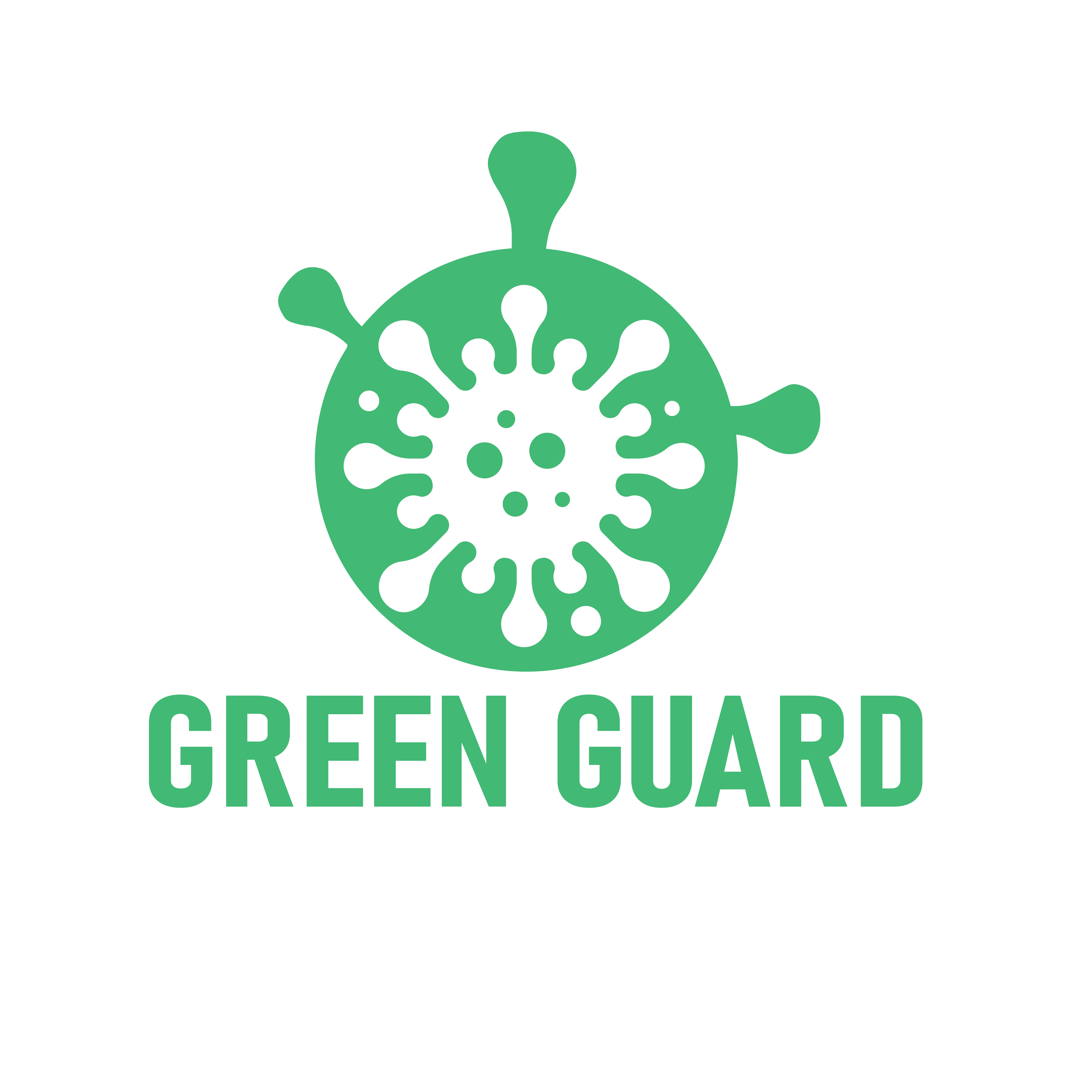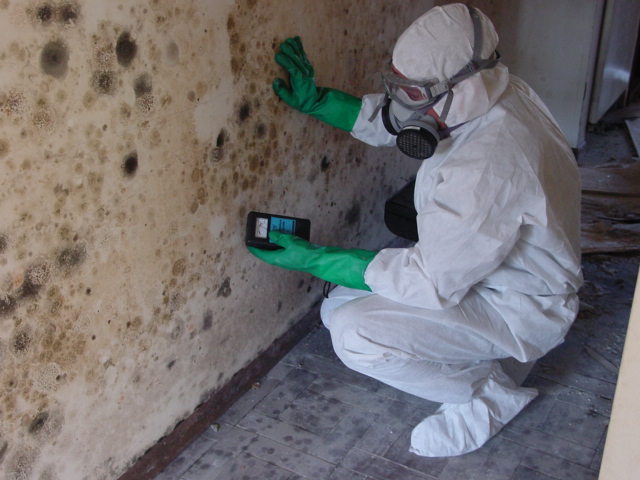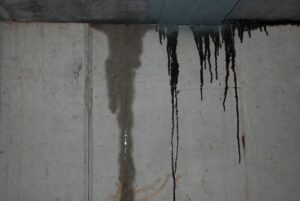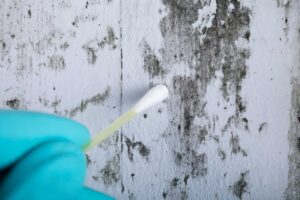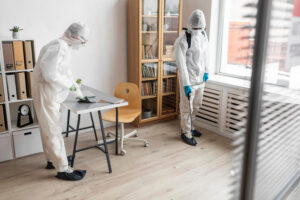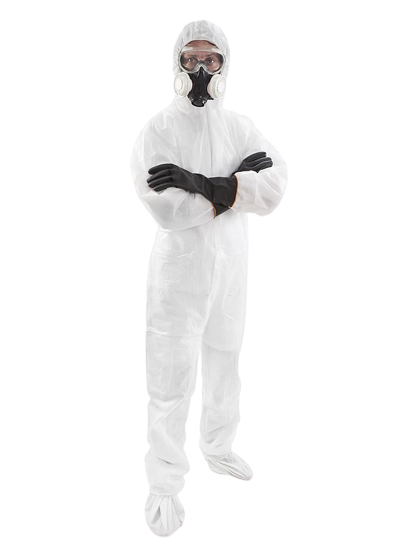Understanding the importance of mold inspection
Are you concerned about the air quality in your home? Do you suspect the presence of mold but are unsure of how to confirm it? If so, a visual mold inspection is essential for maintaining a healthy living environment. Mold, a common indoor pollutant, can have detrimental effects on your health and the structural integrity of your home.
Mold is a type of fungus that thrives in damp, humid environments. It can grow on a variety of surfaces, including walls, ceilings, floors, and even furniture. Mold spores are microscopic and can easily become airborne, leading to their widespread distribution throughout a home. Exposure to mold can cause a range of health issues, from respiratory problems to allergic reactions and even more severe conditions.
Conducting a visual mold inspection is crucial for identifying and addressing mold problems before they escalate. This process involves a thorough examination of all areas susceptible to mold growth, such as basements, bathrooms, and areas with high moisture levels. By identifying the presence of mold, you can take immediate action to mitigate the issue and prevent further damage to your home and your health.
The dangers of mold in your home
Mold is more than just an unsightly nuisance; it can pose serious threats to your health and the structural integrity of your home. Exposure to mold can lead to a variety of health problems, ranging from mild to severe.
One of the primary dangers of mold is its impact on indoor air quality. Mold spores can be released into the air, leading to poor air circulation and decreased oxygen levels. This can exacerbate respiratory issues, such as asthma, bronchitis, and chronic obstructive pulmonary disease (COPD). Prolonged exposure to mold can also cause allergic reactions, including sneezing, coughing, and skin irritation.
In addition to health concerns, mold can also compromise the structural integrity of your home. Mold growth can weaken building materials, such as wood and drywall, leading to costly repairs and potentially even the need for extensive renovations. If left unchecked, mold can spread rapidly, causing significant damage to your home and reducing its overall value.
Health risks associated with mold exposure
Exposure to mold can have a range of adverse health effects, some of which can be quite severe. The specific health risks associated with mold exposure depend on the type of mold, the concentration of spores, and the individual’s sensitivity to the fungus.
One of the most common health problems associated with mold exposure is respiratory issues. Mold spores can irritate the lungs and airways, leading to symptoms like coughing, wheezing, and shortness of breath. People with pre-existing respiratory conditions, such as asthma or COPD, are particularly vulnerable to the effects of mold exposure.
Mold exposure can also trigger allergic reactions in some individuals. These reactions can manifest as sneezing, runny nose, itchy eyes, and skin irritation. In more severe cases, mold exposure can cause hypersensitivity pneumonitis, a condition characterized by inflammation of the lungs and difficulty breathing.
Additionally, exposure to certain types of mold, such as Stachybotrys chartarum (also known as “black mold”), can lead to more serious health problems. These include neurological effects, such as memory loss and cognitive impairment, as well as immune system suppression and the development of mycotoxins, which are toxic substances produced by some mold species.
How mold affects indoor air quality
Mold can have a significant impact on the quality of the air within your home, leading to a range of health concerns for you and your family. When mold grows, it releases spores into the air, which can then be inhaled or come into contact with the skin.
One of the primary ways mold affects indoor air quality is through the release of volatile organic compounds (VOCs). These are gases emitted by mold that can be harmful to human health. VOCs can cause respiratory irritation, headaches, and even neurological effects, depending on the type and concentration of the compounds.
Mold growth can also lead to a decrease in oxygen levels within a home. As mold consumes oxygen and releases carbon dioxide, the air quality can become stagnant and less breathable. This can exacerbate respiratory issues, particularly for individuals with pre-existing conditions like asthma or COPD.
Moreover, mold can contribute to the accumulation of particulate matter in the air, which can be hazardous to human health. These tiny airborne particles can penetrate deep into the lungs, causing inflammation and potentially leading to long-term respiratory problems.
The role of visual mold inspection in identifying mold problems
A visual mold inspection is a crucial step in identifying and addressing mold problems within your home. This process involves a thorough examination of all areas susceptible to mold growth, allowing you to detect any visible signs of the fungus and take appropriate action.
During a visual mold inspection, the inspector will carefully examine surfaces, crevices, and other areas where mold is likely to thrive. This includes checking for discolored patches, musty odors, and water stains, all of which can be indicators of mold growth. The inspector will also look for signs of moisture intrusion, as mold requires a damp environment to proliferate.
By conducting a visual mold inspection, you can gain a better understanding of the extent of the mold problem in your home. This information is crucial for developing an effective remediation plan and ensuring that the issue is addressed in a comprehensive manner. Without a visual inspection, it can be difficult to accurately identify the scope of the mold problem, leading to incomplete or ineffective remediation efforts.
Furthermore, a visual mold inspection can help create awareness of the need for proactive measures to control moisture levels and improve ventilation in your home. By addressing the root causes of mold growth, you can minimize the chances of the problem recurring in the future, ensuring a healthier living environment for you and your family.
The process of visual mold inspection
A visual mold inspection typically involves a systematic and thorough examination of your home, focusing on areas that are prone to mold growth. The process generally includes the following steps:
- Inspection of the entire home: The inspector will carefully examine all areas of your home, including basements, bathrooms, kitchens, and any other spaces with high moisture levels or potential water intrusion.
- Identification of moisture sources: The inspector will look for signs of water leaks, condensation, or high humidity levels, as these are the primary drivers of mold growth.
- Detection of visible mold: The inspector will carefully inspect surfaces, walls, and other areas for any visible signs of mold, such as discolored patches, musty odors, or water stains.
- Documentation of findings: The inspector will take detailed notes and photographs of any mold-related issues identified during the inspection, which can be used to develop a remediation plan.
- Recommendation of next steps: Based on the findings of the visual inspection, the inspector will provide recommendations for addressing the mold problem, including potential remediation strategies and preventive measures.
It’s important to note that a visual mold inspection is not a comprehensive solution for identifying all mold problems within a home. In some cases, hidden mold growth or mold that is not visible to the naked eye may require additional testing, such as air sampling or surface sampling, to accurately assess the extent of the issue.
Signs of mold growth to look out for
When conducting a visual mold inspection, there are several key signs to look out for that may indicate the presence of mold in your home. Understanding these signs can help you identify potential mold problems and take appropriate action to address them.
One of the most obvious signs of mold growth is the presence of visible discoloration on surfaces, such as walls, ceilings, or floors. Mold can appear in a variety of colors, including black, green, white, or even pink, depending on the species. These discolored patches may be small and isolated or can cover larger areas, indicating a more extensive mold problem.
Another common sign of mold is a musty or earthy odor. Mold can produce volatile organic compounds (VOCs) that have a distinct, unpleasant smell. If you notice a persistent musty odor in your home, it may be an indication of mold growth, even if the mold itself is not visible.
Water stains or moisture damage can also be a telltale sign of mold growth. Mold thrives in damp environments, so any areas of your home that have experienced water leaks, flooding, or high humidity levels are at a higher risk of mold contamination. Be sure to inspect these areas thoroughly during your visual mold inspection.
Additionally, look for signs of condensation or excess moisture, as these can create the ideal conditions for mold to grow. Pay close attention to areas like windows, bathrooms, and basements, where moisture levels are often higher.
DIY mold inspection vs. professional mold inspection
When it comes to identifying and addressing mold problems in your home, you have two main options: conducting a DIY mold inspection or hiring a professional mold inspector. Both approaches have their own advantages and disadvantages, and the choice will depend on your level of expertise, the severity of the mold problem, and your budget.
DIY mold inspection can be a cost-effective option for homeowners who are comfortable with inspecting their own homes and have a good understanding of what to look for. By conducting a thorough visual inspection, you can potentially identify any visible signs of mold growth and take the necessary steps to address the issue. This can include cleaning and disinfecting affected areas, improving ventilation, and addressing the root causes of moisture problems.
However, it’s important to note that a DIY mold inspection has its limitations. Mold can sometimes grow in hidden or hard-to-reach areas, and it may require specialized equipment or expertise to detect and properly assess the extent of the problem. Additionally, if the mold problem is more extensive or requires professional remediation, a DIY approach may not be sufficient.
On the other hand, hiring a professional mold inspector can provide a more comprehensive and accurate assessment of the mold situation in your home. These experts have the training, equipment, and experience to identify even the most subtle signs of mold growth, including hidden or microscopic mold. They can also conduct air quality testing and provide detailed recommendations for remediation, ensuring that the mold problem is addressed effectively and safely.
While a professional mold inspection may come with a higher price tag, it can ultimately save you time, money, and potential health risks in the long run. By having a thorough understanding of the mold problem in your home, you can make informed decisions about the best course of action to take.
The benefits of regular mold inspections
Maintaining a healthy living environment is crucial for the well-being of you and your family. Regular mold inspections, whether conducted by a professional or as a DIY project, can provide numerous benefits that can help safeguard your home and your health.
One of the primary benefits of regular mold inspections is the early detection of mold growth. By identifying mold problems in their early stages, you can take prompt action to address the issue before it escalates and causes more extensive damage. This can lead to significant cost savings, as addressing a small mold problem is generally more affordable than dealing with a widespread infestation.
Regular mold inspections also help to improve indoor air quality. By identifying and addressing mold growth, you can reduce the concentration of mold spores and other airborne contaminants in your home, leading to better respiratory health for you and your family. This is particularly important for individuals with respiratory conditions, such as asthma or allergies, who may be more susceptible to the negative effects of mold exposure.
Furthermore, regular mold inspections can help to protect the structural integrity of your home. Mold can weaken building materials, such as wood and drywall, over time, leading to costly repairs or even the need for extensive renovations. By staying on top of mold issues, you can prevent this type of damage and ensure the long-term stability of your home.
Perhaps most importantly, regular mold inspections can provide peace of mind. Knowing that your home is free from mold or that any issues have been promptly addressed can give you the confidence to enjoy your living space without the constant worry of potential health risks or structural problems. This can contribute to an overall sense of well-being and improved quality of life.
Conclusion: Taking action for a healthy living environment
Maintaining a healthy living environment is essential for the well-being of you and your family. Mold, a common indoor pollutant, can have detrimental effects on your health and the structural integrity of your home, making a visual mold inspection a crucial step in addressing this issue.
By conducting a thorough visual inspection, you can identify the presence of mold and take immediate action to mitigate the problem. This process involves carefully examining all areas of your home, including basements, bathrooms, and areas with high moisture levels, for signs of mold growth, such as discolored patches, musty odors, and water stains.
The benefits of regular mold inspections are numerous. Early detection of mold can lead to significant cost savings, as addressing a small problem is generally more affordable than dealing with a widespread infestation. Additionally, addressing mold issues can improve indoor air quality, protecting the structural integrity of your home, and providing peace of mind.
Whether you choose to conduct a DIY mold inspection or hire a professional, taking action to address mold problems in your home is essential for maintaining a healthy living environment. Don’t compromise your health and the well-being of your family – invest in a visual mold inspection today and take the necessary steps to ensure a safe and comfortable living space for years to come.
